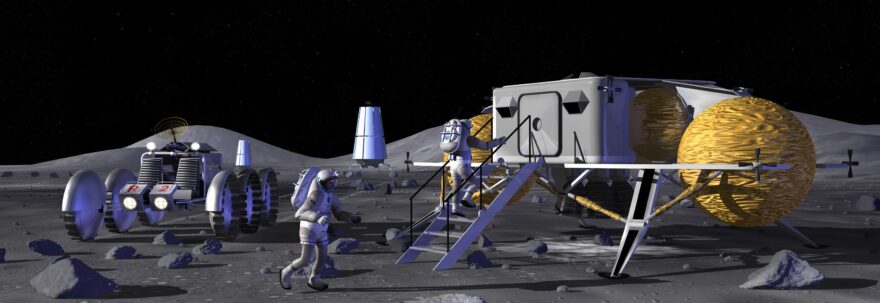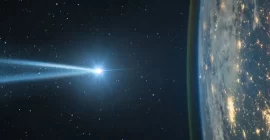NASA has an ambitious plan to send astronauts back to the month in the next few years under the Artemis program, and even to prepare a long -term leading power plant and post there. But the moon has a great danger that is invisible in the form of radiation because most are outside the protective magnetosphere of the earth. One of the challenges for the mission of the future to the month aimed at sending people there for more than a few days is how to keep astronauts safe from this dangerous radiation and the temperature of the moon is very varied, but a new study can help determine the solution solution .
The moon is covered with a hole, or shallow crater, which can be associated with an underground cave called a lava tube. This lava tube is formed when liquid lava flows under a harder lava crust, leaving a hollow tunnel behind (through NASA). And these holes and lava tubes can provide protection for astronauts in the future.
Research funded by NASA and published in the Journal of Geophysical Research Letters said that these holes remain at a more comfortable temperature than the surface of other moon, sitting at a stable temperature of about 63 degrees Fahrenheit (17 degrees Celsius). Compare with the temperature swing seen on the surface of the moon, where the temperature is oscillating between 260 degrees Fahrenheit (around 127 degrees Celsius) during the day and minus 280 degrees Fahrenheit (around minus 173 degrees Celsius) at night. That makes them potentially valuable to explorer moon explorers in the future. “Humans evolve living in the cave, and to the caves we may return when we live on the moon,” said one research writer, David Paige of the University of California, Los Angeles.
Exploring the lava tube
Taking advantage of the moon hole to shelter astronauts also open the door to explore below the surface of the moon. Some of these holes can be associated with lava tubes that will allow researchers to get the moon view from a different angle. These holes can make an interesting research location, according to Noah Petro, a project scientist for the sacrifice of NASA’s surveillance: “The moon hole is an interesting feature on the surface of the moon,” Petro said. “Knowing that they created a stable thermal environment to help us paint this unique lunar feature image and the prospects of one day explore it.”
Similar lava tubes were found on earth, and the research authors used information about lava holes on the moon surface to conclude that the cave formed by the lava tube is likely to be at a comfortable temperature. This is valuable because of the day and night cycle. Because of the spinning method, the day of the moon lasts about two weeks. For two weeks, the surface is bombarded by sunlight and can be very hot. But then night fell, which also lasted about two weeks, and the moon was not only in eternal darkness but also became very cold. Having a hole or cave where astronauts can take shelter will make the long -term moon’s residence much more feasible.




